In observance of the seventh annual National Day of Racial Healing, County Health Rankings and Roadmaps (CHR&R) hosted a webinar called “Racial Healing for Health.” CHR&R is a national health equity data provider that sees racial healing as a way for people to work together to repair and heal from the past and current harms of systemic oppression. CHR&R offers the health rankings data of nearly every county in all 50 U.S. states to support leaders in growing community learning and action. Hundreds of federal, state and local health agency representatives, community activists, rural health workers, medical school staff and health equity coordinators from across the U.S. and Europe joined the live webinar.
Here are a few highlights:
CHR&R’s Research Program Coordinator, Erika Burroughs-Girardi, laid out some key pathways to racial healing, rooted in relationship building and policy advocacy:
- Resolutions, facilitated dialogues and restorative justice practices to understand historic harms and repair relationships
- Training and capacity building for practitioners, educators and service providers around overcoming bias and healing
- Acknowledgement, public apologies and commitments to redress by localities for their role in slavery and/or advancing systemic racism
To bring these realties to life, CHR&R invited two racial justice champions to share their transformational stories of confronting historical trauma with truth telling and how relationships and policy help mitigate harm to create a more equitable future.
Settler colonialism and the militarization of the Pacific Islands
Dr. Nia Aitaoto, associate professor at the University of Utah’s College of Health & adjunct associate professor for the John A. Burns School of Medicine at the University Hawai’i at Mānoa, examines the enduring legacy of settler colonialism among the Pacific Islands and its present-day impacts on the health of Native Hawaiians and Pacific Islanders.
Native Hawaiians and Pacific Islanders have rates of diabetes up to 2.5x higher than the U.S. national average. Militarization in the region has ravished the natural environment and stripped away generations from traditional food and health systems, said Dr. Aitaoto. She noted a 1940s U.S. Navy Health Survey that found very low levels of obesity, malnutrition, diabetes and hypertension among the people of the Pacific Islands where the U.S. held a military presence at that time. The eventual disruption of local food systems and forced militarization led to the introduction of unhealthy canned foods, high in salts, sugars and preservatives.
How do we heal?
“I feel like we all want to change the world, but we don’t want to change ourselves,” said Dr. Aitaoto. She gleans from her Samoan heritage to build a frame for healing that starts with self-awareness:
- Understand ourselves – values, bias, bends, strengths, shortcomings and so forth
- Space between us – forgiveness, grace, appreciation of grace, respect for relationships between individuals and between organizations
- Wisdom for the future – whatever we are doing right now is our legacy
Complicity with Racism
Tony Watkins, community organizer and program director in Albuquerque, New Mexico, shares his journey of becoming an anti-racist activist.
“It wasn’t like I was once complicit in racism and now I’m all good. I’m still complicit in racism if I’m not actively doing something about it. Particularly, as a White person, I needed to challenge myself to be anti-racist or I am perpetuating a system that was by design racist from the very beginning.”
Watkins grew up in Washington state and later moved to New Mexico where his father was a doctor at Shiprock, the capital of the Navajo Nation. Years later, as an adult, Watkins would learn that his Native adopted brother, Marc, joined his family during the height of the Indian Adoption Project, the post WWII federal program that forcibly assimilated Native children into non-Native, mostly White, families.
“There was this other historical story – not only was Marc’s and other Indigenous peoples’ families harmed by this practice across the country, but many White well-meaning folks were used as instruments of cultural genocide,” Watkins expressed.
It was a family therapy conference and chance encounter with Dr. Cornel West and his presentation on “the vicious legacy of white supremacy” that revolutionized Watkins’ racial healing journey. “It made me realize that White people coming to terms with our own racism, our own complicity with racism, is a grieving process,” he said. The grieving process includes many phases – denial, anger, bargaining, sadness, acceptance and action, “I go through those stages of grief continuously,” he said.
From Grief to Action
Watkins has taken what he’s learned about culture and historical context into his work with Families United for Education and supporting the homeless community in Albuquerque, NM. Through community-centered engagement and power building efforts, he’s been able to raise the voices of those most impacted to create policies that have made positive gains in the city’s education system and how it supports the unhoused.
“We shouldn’t be doing stuff just on behalf of people, we should be doing stuff with people.”

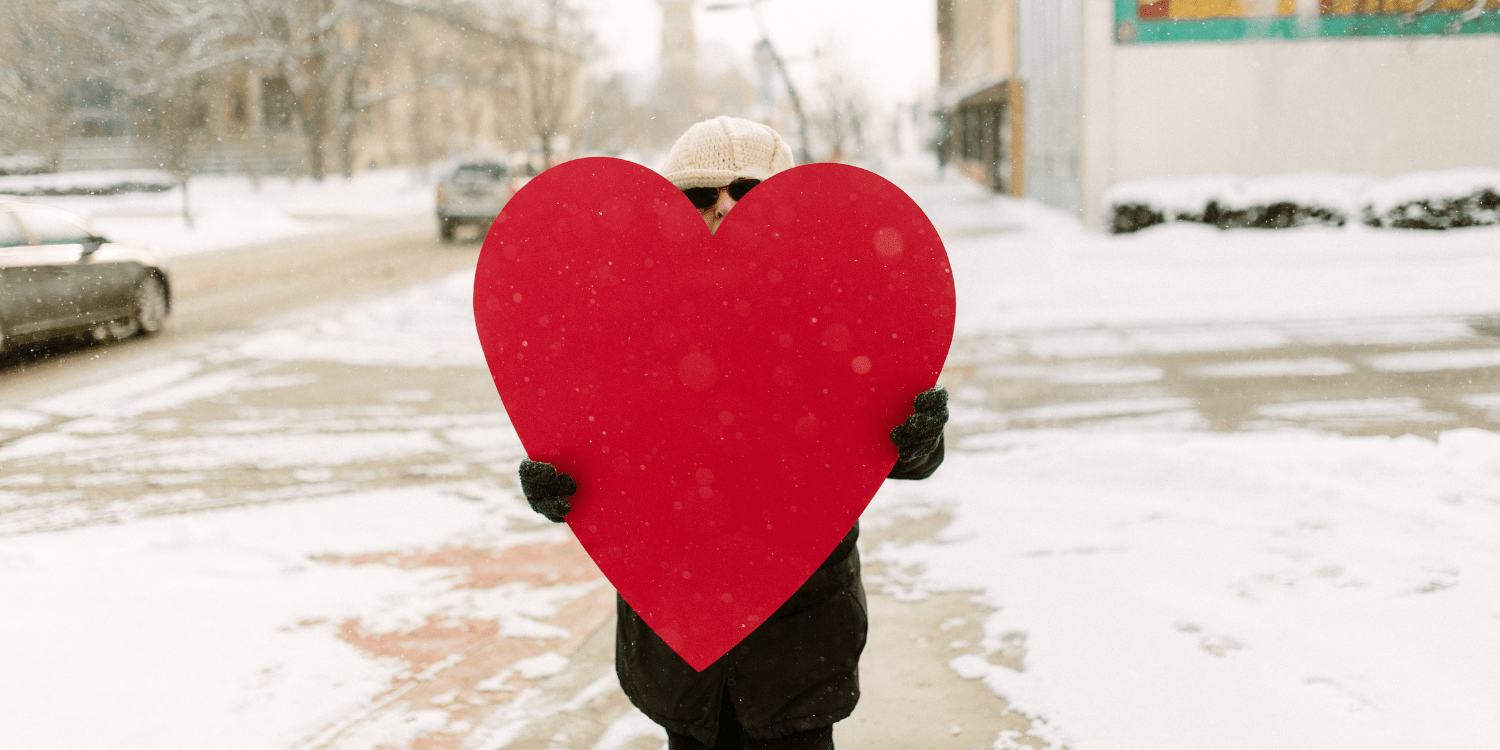
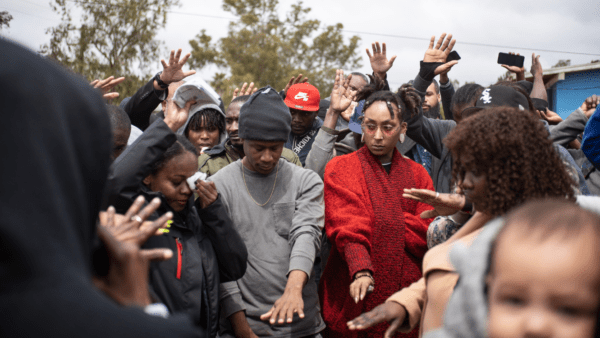
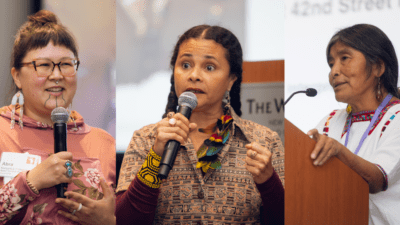

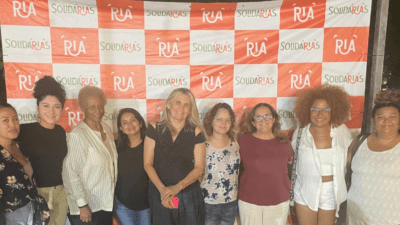
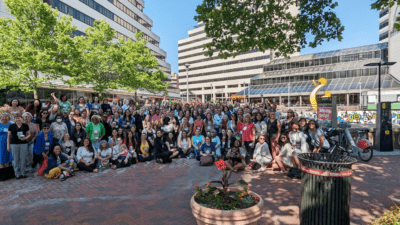

Comments